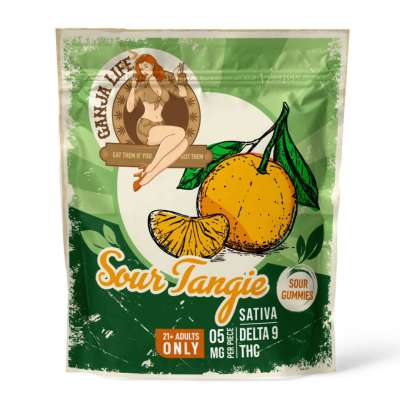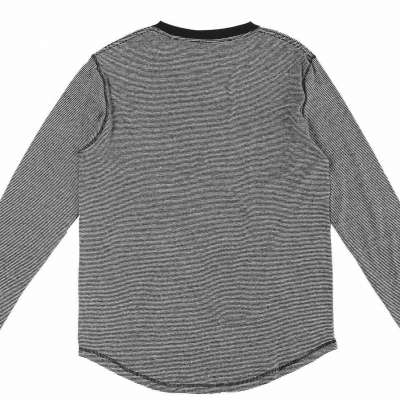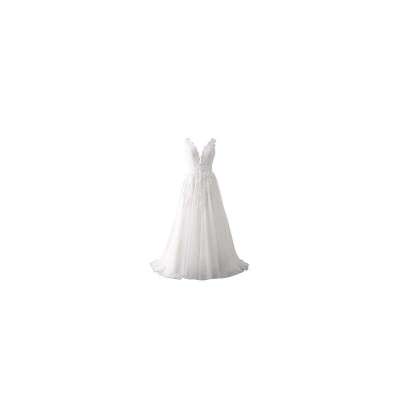
www.thehistoryblog.com
Roman cavalry horse cemetery found in Stuttgart
A 2nd century cemetery of horses from a Roman cavalry unit has been discovered in Stuttgart, southwest Germany. With more than 100 horses skeletons found there, it is the largest Roman cavalry horse cemetery in southern Germany.
Horse skeletons were first unearthed in this area of Stuttgart’s Bad Cannstatt suburb when residential homes were built in the 1920s, and while the excavations were limited, even back then archaeologists believed it had been a Roman horse cemetery. The site was excavated in July of last year in advance of new construction project, under the supervision of the State Office for Monument Preservation (LAD) in the Stuttgart Regional Council. They unearthed the remains of the 100 or so horses and one human who was atypically buried on his stomach without grave goods among the animals rather than in the burial ground of the Roman settlement.
The horses belonged to the Ala, a cavalry unit stationed at Bad Cannstatt from around 100 to 150 A.D. The unit had almost 500 mounted troops who maintained a herd of at least 700 horses, and when one of their equine company died, they were buried in a designated area 1300 feet from the fort and 650 feet from the associated civilian settlement. They were buried on their sides in shallow pits. The pits were closely packed, but not overlapping, so there must have been grave markers left on the burials.
[LAD lead archaeologist Sarah] Roth continues: “The horses do not all appear to have died at the same time in a major event such as a battle or epidemic. Rather, the animals buried here either died of illness, injury, or other reasons during the Ala’s presence in Bad Cannstatt, or were no longer able to fulfill their role as military horses. If the horse could still walk on its own, it would have been brought to the horse cemetery and killed on site to avoid having to transport the heavy carcass.” The exact size of the horse cemetery remains unknown. “It was certainly originally larger than the approximately 70 by 80 meter area in the northeast of the new building site where the skeletons were found,” says Roth.
Most of the animals were probably disposed of rather than buried, with a few exceptions: As a farewell gift, two jugs and a small oil lamp, typical human grave goods, were placed in the crook of one of the horses’ arms. Roth: “Here we see a particularly close bond between the owner and his horse. Even after some 1,800 years, the grief over the death of this one animal is still evident.”
The remains of the horses will now be subjected to scientific analysis. Finding so many horse skeletons associated with one cavalry unit in one location gives archaeologists the rare opportunity to gain new insight into the relationship between the Roman cavalry and their horses.
Archaeozoological investigations are expected to provide information on the sex, age at death, and size of the horses, as well as their use as riding animals, possible diseases, and the cause of death. Scientific studies could also clarify further questions: How were the animals kept and fed? Where did the first generation of horses come from, and where were they later bred in Bad Cannstatt or the surrounding area? This is no small question in a state capital named after its ‘Stutengarten’ (mare garden).














